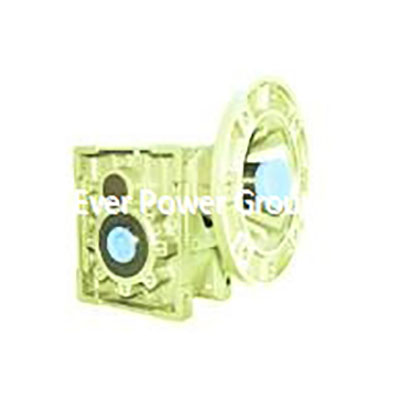| Model Series | Gear Ratio Range | Max Output Torque (Nm) | Input Power (kW) | Efficiency (%) | Weight (kg) |
|---|---|---|---|---|---|
| HGS-100 | 5:1 - 20:1 | 500 | 0.1 - 10 | 96 | 15 |
| HGS-200 | 10:1 - 50:1 | 2,000 | 5 - 50 | 95 | 45 |
| HGS-300 | 20:1 - 100:1 | 10,000 | 20 - 100 | 94 | 120 |
| HGS-400 | 30:1 - 100:1 | 20,000 | 50 - 200 | 93 | 250 |
What is a hypoid gear speed reducer?
A hypoid gear speed reducer is a type of gearbox that uses hypoid gears—gears with hyperbolic teeth and non-intersecting axes—to reduce speed and increase torque in mechanical systems. This design allows for higher load capacity, quieter operation, and greater efficiency compared to other gear types.
How does a hypoid gear differ from a bevel gear?
While both are used for transmitting power between non-parallel shafts, hypoid gears have offset axes, which results in larger contact areas and smoother engagement. Bevel gears have intersecting axes, which can lead to higher noise and lower torque capacity. Hypoid gears also allow for more compact designs and better performance in high-torque applications.
What are the advantages of using hypoid gear speed reducers?
Key advantages include high torque transmission, excellent efficiency (often above 95%), reduced noise and vibration, compact size, durability in harsh environments, and low maintenance requirements due to robust construction and effective lubrication systems.
How do I select the right hypoid gear speed reducer for my application?
Consider factors such as required gear ratio, input speed and power, output torque, mounting style, environmental conditions (e.g., temperature, exposure to dust or moisture), and space constraints. Consulting with our technical team can help ensure the correct model based on your specific needs and calculations.
What maintenance is required for hypoid gear speed reducers?
Maintenance typically involves regular lubrication checks and changes, though many models are pre-lubricated for life. Inspect for wear, leaks, or unusual noises periodically. In extreme conditions, more frequent maintenance may be necessary. Always follow the manufacturer's guidelines provided in the user manual.
Can hypoid gear speed reducers be used in explosive environments?
Yes, certain models are designed with explosion-proof certifications (e.g., ATEX) and feature spark-resistant materials and sealed housings. Specify your requirements when ordering to ensure compliance with safety standards.
Are custom hypoid gear speed reducers available?
Absolutely. We offer customizations including special gear ratios, shaft sizes, mounting options, materials (e.g., stainless steel for corrosive environments), and coatings. Provide your specifications, and our engineering team will develop a solution tailored to your application.
What is the typical lifespan of a hypoid gear speed reducer?
With proper installation and maintenance, these reducers can last over 20,000 hours of operation, depending on the load and environment. High-quality materials and precision manufacturing contribute to this longevity.
How do hypoid gear speed reducers compare to planetary gearboxes?
Hypoid reducers offer higher torque capacity and smoother operation in a more compact form for certain applications, while planetary gearboxes provide very high ratios and efficiency in a different configuration. The choice depends on specific needs like space, torque, and cost.
Where can I find technical support or documentation for your products?
Visit our website for downloadable manuals, CAD files, and specifications. Our customer support team is available to assist with technical queries, installation guidance, and troubleshooting to ensure optimal performance.

